Test Bank for Police in America Second Edition by Steven G. Brandl
$25.00 & Free Shipping
January 2020 | 424 pages | SAGE Publications, Inc
Free shipping on orders over $50!
- Satisfaction Guaranteed
- No Hassle Refunds
- Secure Payments
Description
I. FOUNDATIONS FOR THE STUDY OF THE POLICE
Chapter 1: An Introduction to the Police in America
Introduction
The Challenge of Policing a Free Society
The Controversies and Difficulties of Policing
Ethics and Morals in Policing
Chapter 2: The History of the Police in America
Why Study the History of the Police?
Policing Colonial America
The First American Police Departments: The Political Era of Policing
Early 1900s to 1960s: The Reform Era of Policing
The 1970s to the Present: The Community Problem-Solving Era of Policing
Chapter 3: The Characteristics and Structure of Police Organizations
Characteristics of Police Organizations
The Challenges of Managing Police Organizations
The Structure of Police Departments
Major Operating Units in Police Departments
Types and Levels of Law Enforcement Agencies
Chapter 4: The Role of the Police
The Police Enforce the Law
The Police Control Crime
The Police Deal With Situations Where Force May Need to Be Used
The Police Respond to People in Need
The Police Handle Time-Pressing Situations
The Police Enforce the Law, Maintain Order, and Provide Services
II. POLICE WORK
Chapter 5: Police Recruitment, Selection, and Training
The Relationship between the Recruitment, Selection, and Training of Police Officers
The Recruitment of Police Officers
The Selection of Police Officers
Minimum Qualifications for Police Officers
Selection Procedures for Police Officers
The Outcomes of the Recruitment and Selection of Police Officers: Diversity
Police Officer Training
Chapter 6: Police Patrol
Police Patrol and Call Priority
Managing Calls for Service
Preventive Patrol
Hot Spot Policing
Police Crackdowns
Police Stops of Citizens as a Strategy
One- and Two-Officer Squads
Foot Patrol
Offender-Focused Strategies
Chapter 7: Crime Detection and Investigation
Criminal Investigation Defined
Types of Criminal Investigations
How Are Crimes Solved?
Forms and Types of Evidence in Criminal Investigations
Chapter 8: Police Discretion and Its Control
Discretion Defined
Factors That Influence the Discretion of Police Officers
How Is Police Discretion Best Controlled?
Chapter 9: The Law of Search, Seizure, and Self-Incrimination
Basic Legal Terminology and Concepts
The Law of Search and Seizure: The Fourth Amendment
The Law of Self-Incrimination: The Fifth and Sixth Amendments
III. THE HAZARDS OF POLICE WORK
Chapter 10: Health and Safety Issues in Police Work
What Is Stress?
The Effects of Stress
Physical Hazards of Police Work
So Is Police Work Dangerous?
Chapter 11: Police Use of Force
Reasonable Force and Use of Force Guidelines
Deviations in Use of Force: Unnecessary Force versus Brutality
Types of Force
The Causes of Police Use of Force
The Control of Police Use of Force
Chapter 12: Police Misconduct and Corruption
The Importance of Understanding Police Misconduct and Corruption
The Nature and Extent of Police Misconduct and Corruption
Causes of Police Misconduct and Corruption
The Control of Police Misconduct and Corruption
IV. POLICE STRATEGIES AND THE FUTURE OF THE POLICE IN AMERICA
Chapter 13: Community and Problem-Oriented Policing
The Rise of Community Policing
Community Policing: The Details
Problem-Oriented Policing: The Details
Chapter 14: Evidence-Based and Intelligence-Led Policing
Smart Policing
Data-Driven and Evidence-Based Policing
CompStat
Predictive Policing
Intelligence-Led Policing
Chapter 15: Terrorism, Technology, Accountability, and the Future of American Policing
History as a Guide to the Future
New Demands on the Police
The New Police
The New Technology of Crime Detection and Accountability

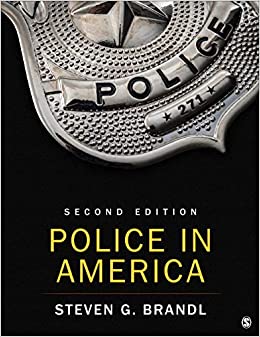
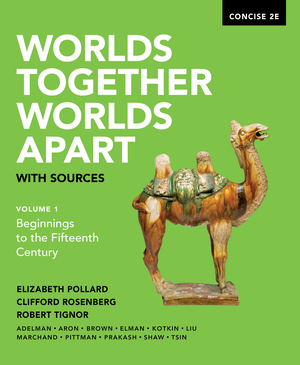
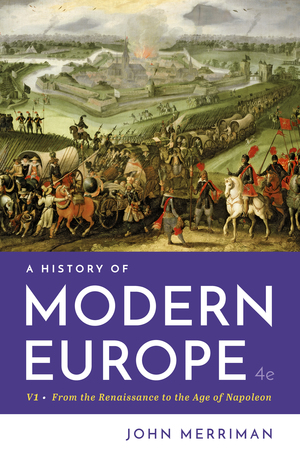

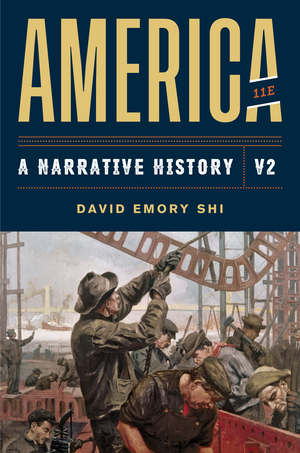
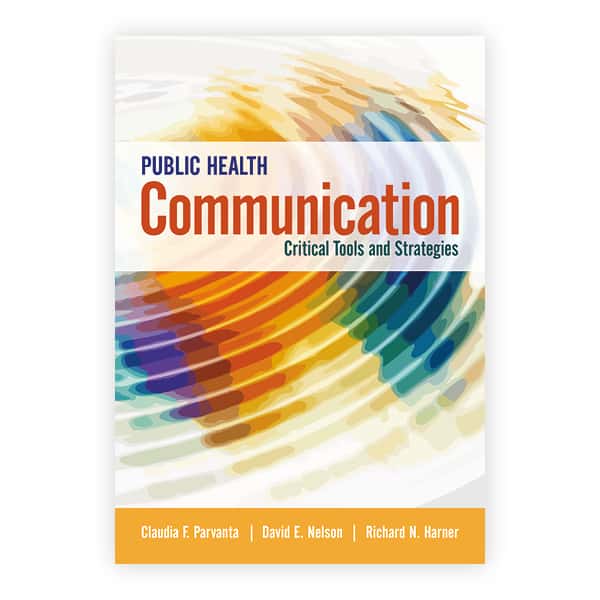 Test Bank For Public Health Communication First Edition Claudia Parvanta
Test Bank For Public Health Communication First Edition Claudia Parvanta  Test Bank for A History of Modern Europe Fourth Edition Volume Two by John Merriman
Test Bank for A History of Modern Europe Fourth Edition Volume Two by John Merriman